Introduction
Maintaining your bicycle is crucial for ensuring it remains in optimal working condition, providing you with a safe and enjoyable riding experience. To help you keep your bike in top shape,
1: How Often Should You Wash Your Bike
It's generally a good idea to clean your bike after cycling in the rain, especially if the rain was accompanied by mud or debris on the road. Rainwater itself won't cause significant harm to your bike, but the water can carry dirt, grime, and other contaminants that can accumulate on your bike's components and cause corrosion or damage over time if left uncleaned. If you only have rode the bike in dry conditions, it's possible to hold off and wash after 3 to 4 bike rides.
Keep your bike clean by washing it with a recommended bike cleaner. Pay attention to the drivetrain (chain, cassette, and derailleur) as they accumulate the most dirt and grime. After washing, dry the bike thoroughly to prevent rust.
2: Cleaning the Drive-Chain

Degreaser: Use a bicycle-specific degreaser, which is designed to remove grease and grime without damaging your bike.
Use a small, stiff brush or an old toothbrush to scrub the chain and other components.
Clean rags or towels: These will be used to wipe down the chain and other parts.
Water source: You'll need water for rinsing.
3: How Long Will Bicycle Tyres Last
All depends on the quality of tyres, how many miles you have covered and how well maintained the tyres have been kept?
On average, based on a decent quality road bike tyre, you can expect between 3000 to 6000km. The variation is based on the type of road and weather conditions that you cycle on. Riding in wet conditions has a greater impact on the tyre compared to dry conditions, rural roads with potholes, damaged road surfaces will affect the durability of the tyre compared to smooth city roads.
Tire Maintenance: Check the tire pressure regularly and maintain it within the recommended range specified on the sidewall of the tire. Inspect the tires for any cuts, bulges, or excessive wear. Replace worn-out tires promptly. Additionally, ensure the tires are properly seated on the rims to avoid pinch flats.
4: What Chain Lube Should I Use on My Road Bike
A well-lubricated chain ensures smooth shifting and reduces wear. Use a bicycle-specific chain lubricant and apply it to the chain while rotating the pedals backward. Wipe off any excess lubricant to prevent attracting dirt.
Use wet lube for winter riding conditions, this type of lube is slightly thicker and protects the chain against wet conditions.
Use dry lube for spring/summer conditions, this type of lube is lighter and doesn't collect as much dry dust as the wet lube would in dry conditions.
5: Brake Inspections
Regularly inspect your brake pads for wear. Replace them if they are worn down to the wear indicators or if they have hardened. Adjust the brake cable tension if necessary to ensure proper braking performance.
You can identify when rim brake pads are worn without too much difficulty, ensure that you replace them. Disc brake pads will generally start to become noisy over time, most often the pads are worn or possibly have some dust and dirt stuck on the pads.
6: Safety Tips On Checking Your Bike Wheels

Start by visually inspecting each wheel while the bike is stationary. Look for any visible damage such as cracks, dents, or loose spokes. Pay attention to the rim sidewalls, as excessive wear or damage can affect braking performance.
Squeeze adjacent pairs of spokes together at various points around the wheel to check for consistent tension. They should feel fairly evenly tensioned. If you notice any loose or significantly tighter spokes, it may require truing or spoke adjustment.
Spin each wheel while observing it from the side. Look for any wobbles or hops as the wheel rotates. A slight lateral and radial runout is normal, but excessive wobbling or significant hops indicate that the wheel requires truing.
Hold each wheel by the axle and try to wobble it from side to side. If there is any noticeable play or looseness, the hub bearings may need adjustment or repacking with grease.
7: Frame + Forks Inspection
Periodically inspect your bike's frame for any cracks, dents, or signs of damage. If you notice any structural issues, consult a professional bike shop for assessment and repair. Especially carbon frames, double check the frame and forks on a regular basis.
FAQs
Conclusion
Proper bike maintenance is key to ensuring a safe and enjoyable ride. By following these tips, you can keep your bike in excellent condition. Whether you prefer handling repairs yourself or seeking professional help, understanding and applying these maintenance practices will prolong your bike's life and enhance your cycling experience.
We're here to support both DIY enthusiasts and those seeking expert services. Explore our comprehensive library of bike repair articles to master essential maintenance techniques or reach out for professional servicing. If you have any questions or need further assistance, feel free to leave a comment below. We hope these tips help you enjoy many more miles on your beloved bike.

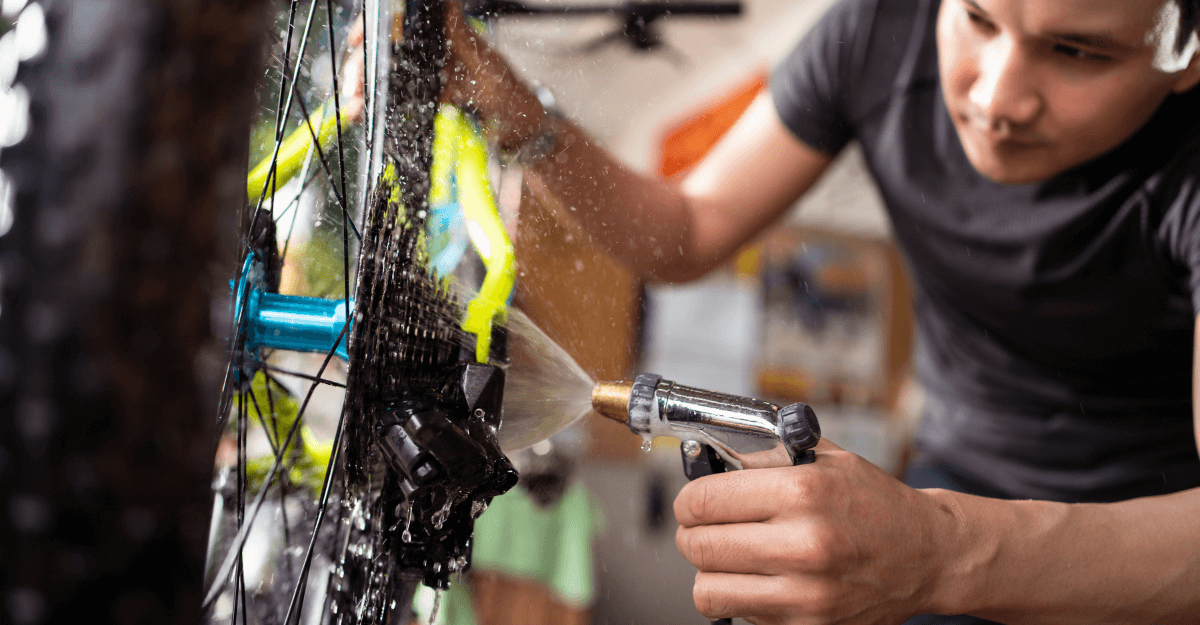
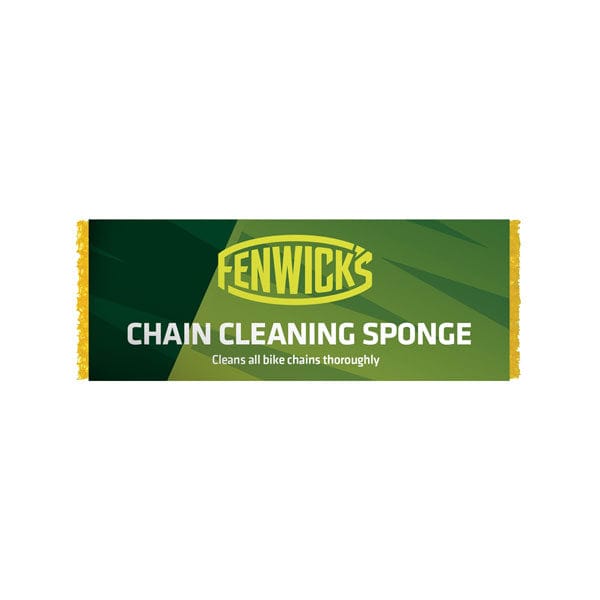


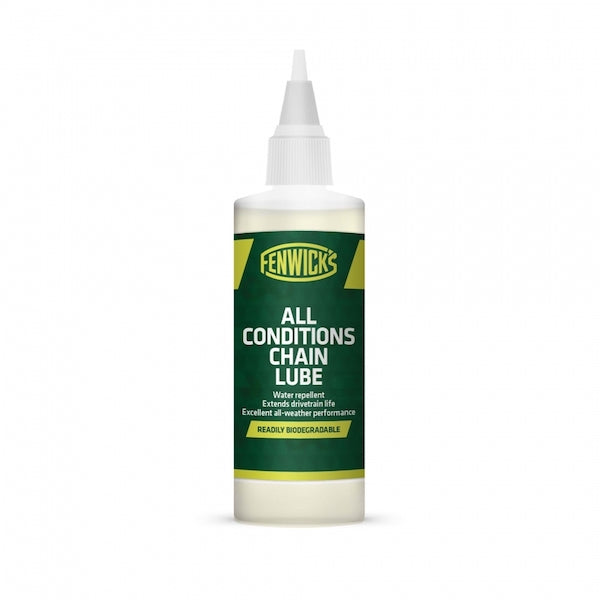

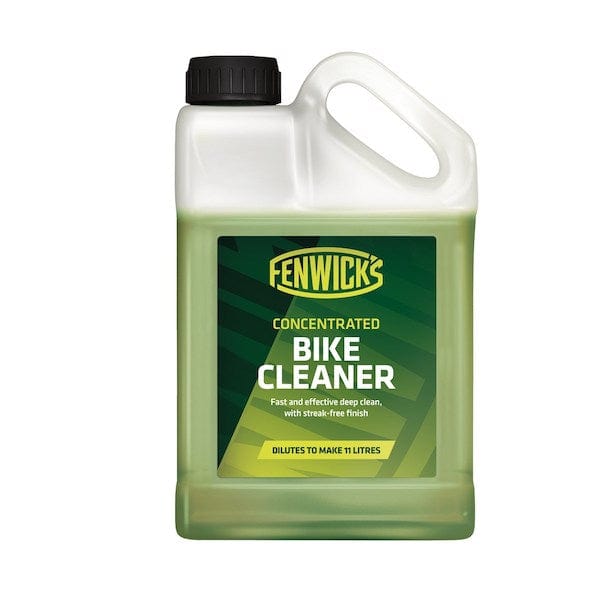


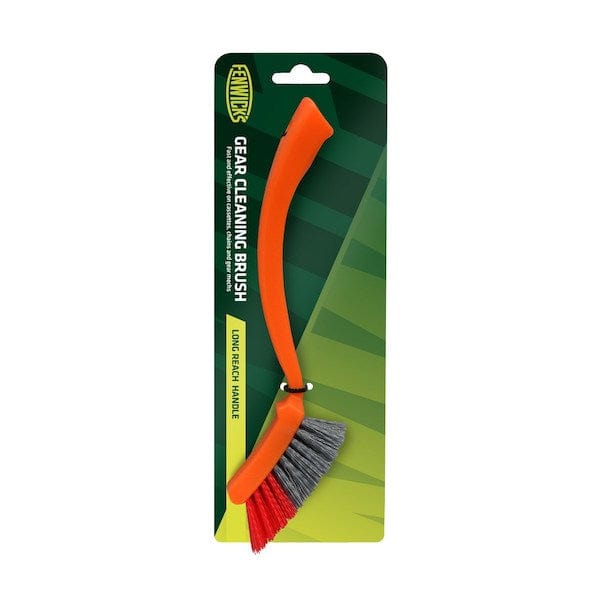
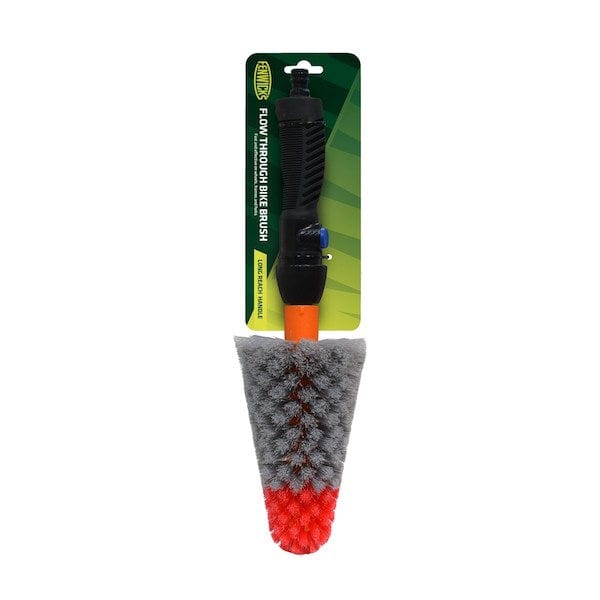
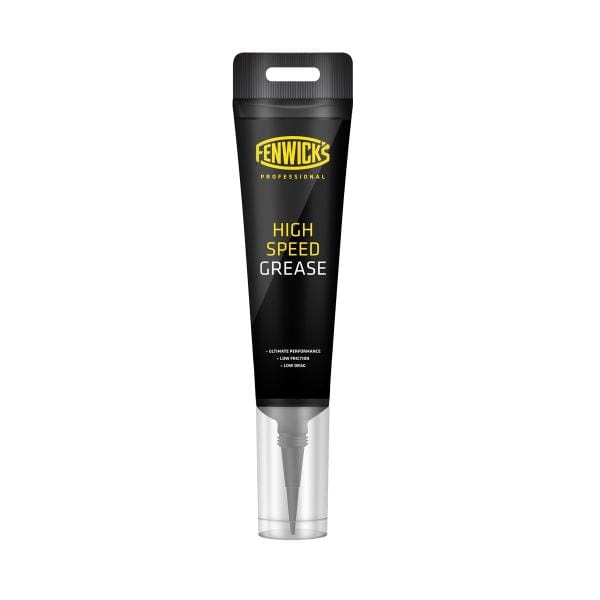
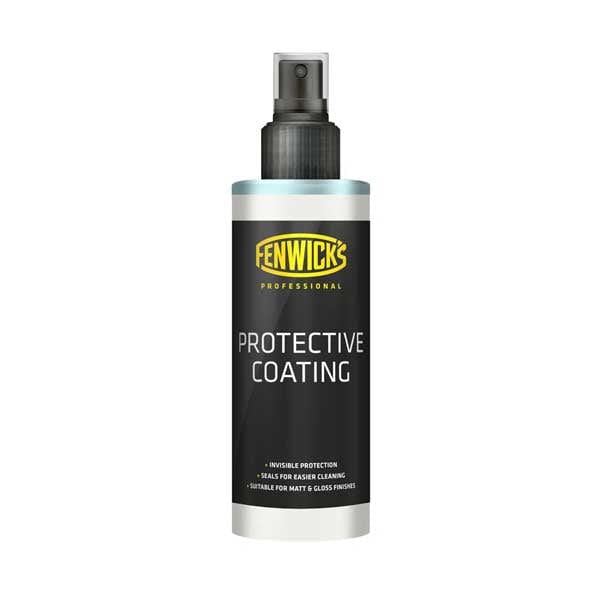
2 comments
Anthony Downey
A welcome reminder for an intermittent cyclist and hoping to hear more from you soon!
Patrick Horgan
Great article. More like this please.